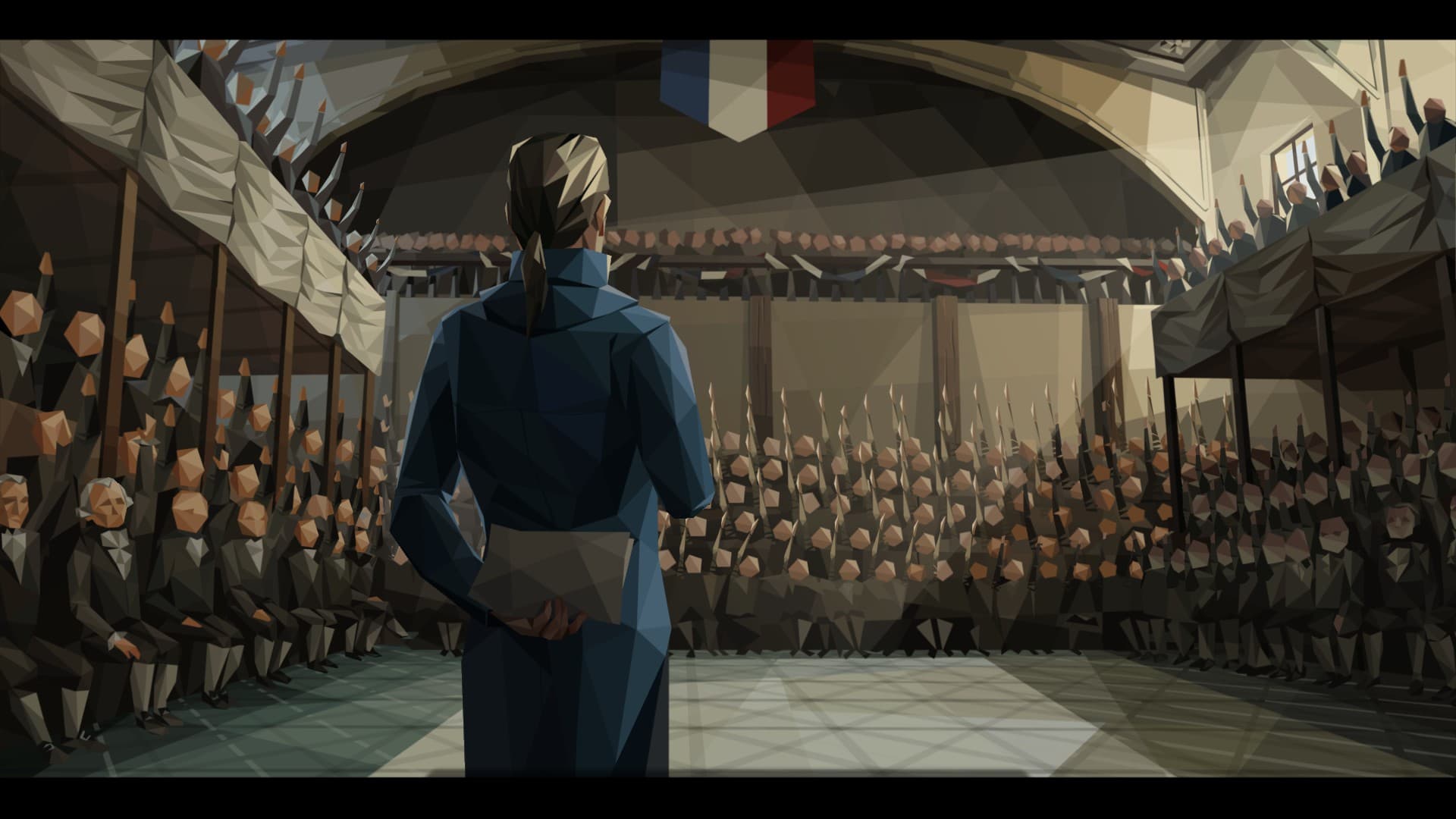
With 30-odd dialects, French was a foreign language to the majority of its population. In 1789, not many peasants actually spoke French, though. Peasants, who had a few other worries, pronounced the word “mwa” with little concern for whatever odors they might be releasing to their company. Moi was pronounced “moy,” with only a slight opening of the mouth. In Louis XVI’s day, the mouth was not a pleasant place. But the toothbrush was looked upon with suspicion and was not popularized in the Hexagon until Napoleon favored it during the First Empire. They were precious sorts of objects, made of silver or ivory and often embedded with jewels.ĭental hygiene was certainly not foreign to France prior to the revolution. The first toothbrushes appeared in England in 1780. 7 The Fabulous Restaurant Scene In ParisĦ Standardization Of Language And The Invention Of ‘Canadian French’įashioned in China in the early 16th century, the toothbrush made its way to Europe 200 years later. The baguette’s cylindrical shape and lighter weight was so much easier for soldiers to pack and transport, especially since the average boule weighed 1–3 kilograms (3–6 lb). Those who want to hang on to the Frenchness of the baguette might prefer to attribute it to Napoleon’s Great Army. By changing both the flour used and the form confected, boulangers could sell what they liked, tax-free.Īnother theory is that the baguette was introduced by a young Viennese officer–turned-baker who arrived in Paris around the time of the Second French Revolution in 1830, bringing with him recipes for beer-leavened, vapor-baked bread in an elongated form. In 1790, there was talk of levying both an indirect and a direct tax on bread-on the boule. One theory attributes the invention of the baguette to tax evasion. But it is incontestable that the baguette was born in the revolutionary period. Several legends circulate and are difficult to prove. Whether this new loaf was truly the baguette is open to debate. No more heavy round balls of bread (the boule) for the poor and light, flaky loaves for the rich. In 1793, an official government decree stipulated that all bread must be created equal. The US general population is very attached to its feet and yards. Alexander Graham Bell tried again in 1906, and the US government has written act after act to encourage its adoption-in 1866, 1968, 1975, 1988, 1996, and 2004. On the other side of the Atlantic, Thomas Jefferson gave conversion to the metric system a shot in 1789. Īll things considered, the French transition was nonetheless a rapid success. Still, the new democratic system was not immediately embraced and did not become the law of the land until 1799. So it was a helpful innovation to have measures that crossed town borders and were used by everyone. They differ not only in every province, but in every district and almost every town.”

Other measures included the bushel ( boiseau) and the acre ( arpent or septier).Īs the Englishman Arthur Young wrote when he was traveling in France from 1787–1789, “ France, the infinite perplexity of the measures exceeds all comprehension.

Based on the distance from the North Pole to the equator along the Paris meridian, the new system replaced a panoply of units often based on the extraordinarily variable human body, such the foot ( pied) and thumb ( pouce).


In 1793, the meter was invented to standardize and unify the over 800 measurement units that were used in France prior to the revolution. Comparatively, just 3.6 percent of those executed in the US are women. Post-revolution and until its last use in 1977, less than 1 percent of those who found their necks under the blades of the louisette were women. In Paris alone, 1,376 counterrevolutionaries were beheaded between June 10 and July 28, 1794.Īnother revolutionary nickname for the guillotine was “the widow” because 88 percent of the decapitated were men. Records estimate the number of executions by the guillotine to be between 520,000 and 650,000. Though the number of lives taken by the guillotine is impossible to confirm, the machine was truly a national phenomenon. Later, it became known as the national razor. Promoted for its effectiveness and efficiency by French surgeon Antoine Louis, the guillotine was first nicknamed the louisette or louison. Worst of all was the wheel, which broke the arms, legs, and backs of the condemned as their bodies were draped over wheels with their faces “turned to Heaven, to remain until it pleases God to dispose of them.” And it was, truly, a huge improvement over other methods of execution, such as death by hanging, drowning, or burning. Joseph-Ignace Guillotin, the head-chopping machine was adopted in 1792 as the sole method of execution approved by the state.


 0 kommentar(er)
0 kommentar(er)
